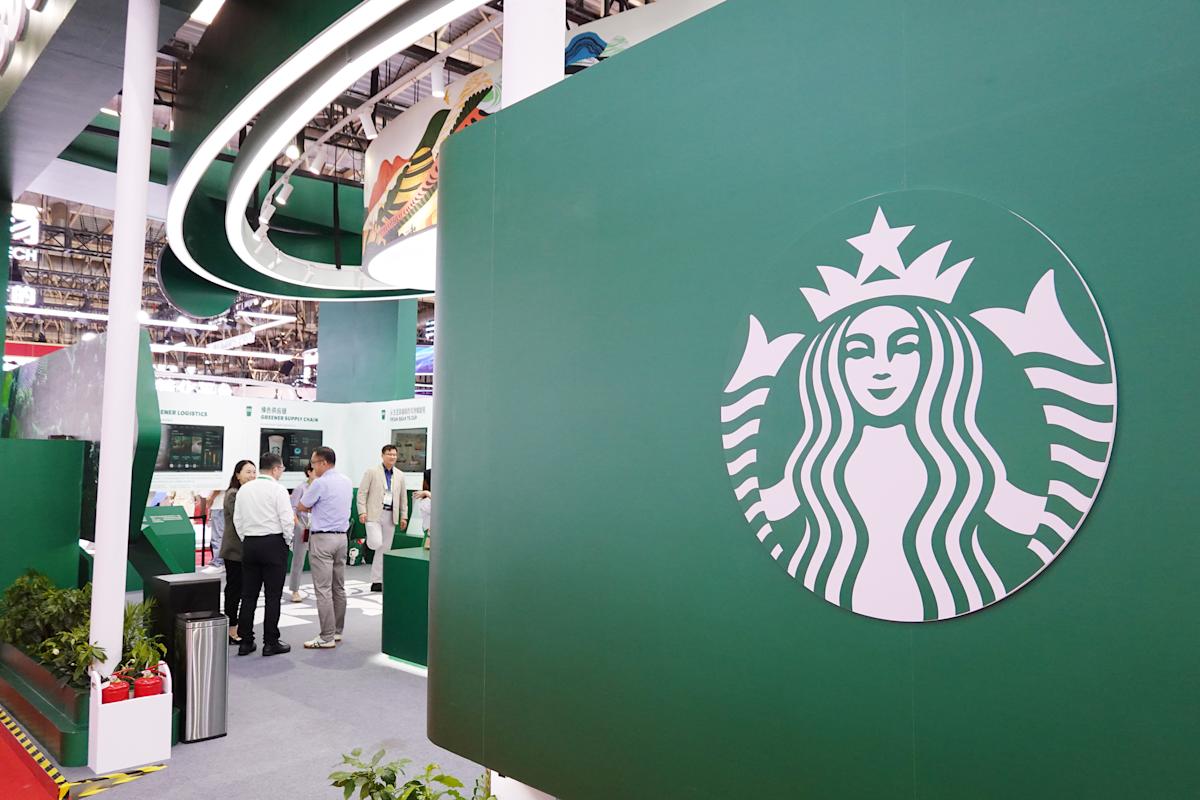Trump urges Fed Chair Powell to cut interest rates amid strong GDP growth despite Fed’s cautious stance and inflation concerns
President Donald Trump is urging Federal Reserve Chair Jerome Powell to cut interest rates despite strong U.S. GDP growth and ongoing inflation concerns. Trump cites earlier rate cuts by the European Central Bank and the Bank of England and emphasizes relatively low inflation so far in 2025 as reasons to lower rates. However, the Federal Reserve remains cautious, highlighting that tariffs may be pushing inflation above the Fed’s 2% target and choosing to hold rates steady amid economic uncertainties. The Fed’s upcoming rate decision will be closely watched as Powell balances inflation risks with market pressures, including Trump’s persistent calls for easing monetary policy to support economic growth and reduce federal debt costs. The Federal Reserve values its independence, and rate decisions are made collectively by the Federal Open Market Committee, not by any single individual. This ongoing debate underscores the delicate balance between fostering economic expansion and controlling inflation in the current U.S. economic landscape.












